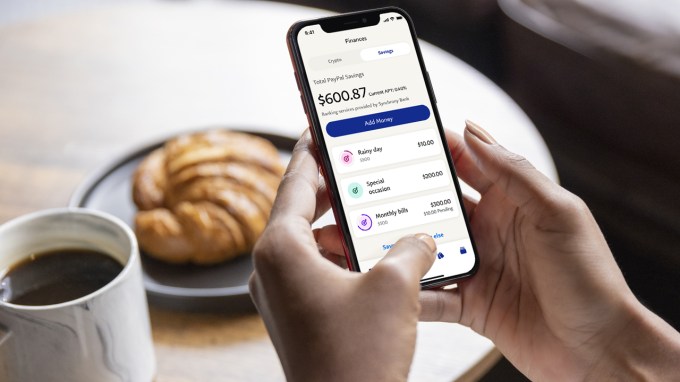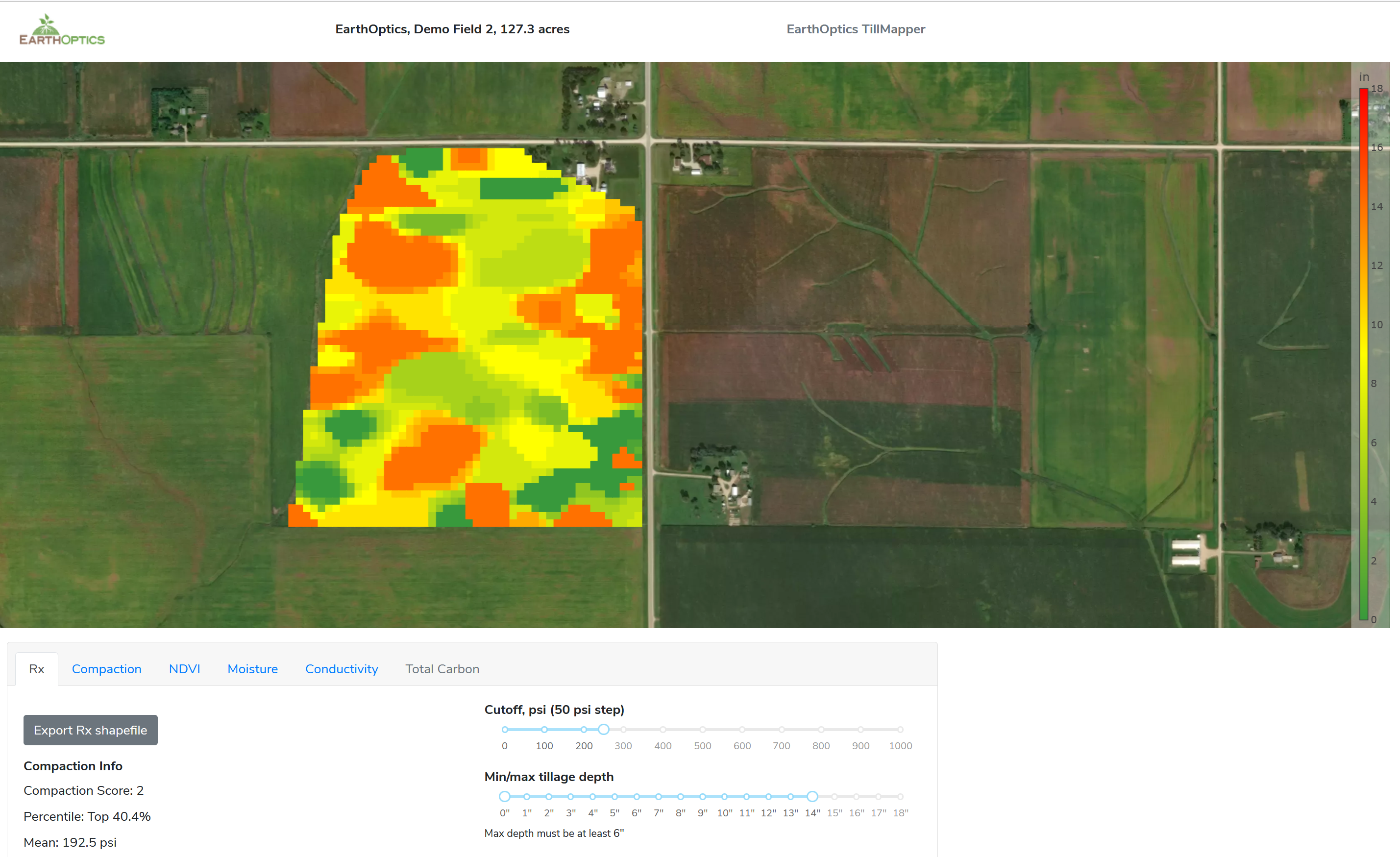News: Instacart shopper activist group asks customers to delete the app until demands for better conditions are met
Yesterday, the Gig Workers Collective — representing a body of about 13,000 Instacart shoppers — launched a #DeleteInstacart campaign, urging customers to delete the Instacart app as a show of solidarity with workers advocating for better treatment. The collective of shoppers asked that customers refrain from reinstalling the app until five demands are met. They
Yesterday, the Gig Workers Collective — representing a body of about 13,000 Instacart shoppers — launched a #DeleteInstacart campaign, urging customers to delete the Instacart app as a show of solidarity with workers advocating for better treatment. The collective of shoppers asked that customers refrain from reinstalling the app until five demands are met. They are asking to be paid by individual order, not by a batch of orders; to re-introduce item-based commissions; to ensure the rating system doesn’t punish shoppers for issues beyond their control; to provide occupational death benefits; and to make the default tip at least 10%, up from the current 5% default.
“We’re deeply committed to creating the best possible experience for our shopper community. Over the past several years, this unwavering commitment has led us to introduce new features, policies, offerings, and support for shoppers — significantly improving the shopper experience and resulting in the highest shopper sentiment in company history. During the COVID-19 pandemic, we’ve invested in countless new measures to support the health and safety of the shopper community. We take shopper feedback very seriously and remain committed to listening to and using that feedback to improve their experience,” Instacart said in a statement provided to TechCrunch.
Instacart employs 500,000 shoppers, the company said, up from 200,000 before a pandemic-driven hiring spree. The company told TechCrunch that its payment structure has not changed since February 2019. That month, the company faced a class-action lawsuit over its practice of subsidizing wages with tips — Instacart had previously instituted a $10 earning minimum per order, but on small orders that totaled less than $10, customer tips would subsidize the rest of the cost (so, if a customer bought $8 of food and tipped $3, the customer would receive $10 plus $1 in tips, rather than the $10 minimum plus a $3 tip). Former CEO Apoorva Mehta wrote an apology to shoppers and affirmed that tips should always be separate from employee compensation, and Instacart retroactively compensated shoppers whose tips were included in minimums.
A Gig Workers Collective lead organizer and Instacart shopper, Willy Solis said that he was hopeful workers’ concerns would be met when Fidji Simo took over as Instacart CEO in August. Since then, the company set up an inbox for shoppers to send messages to a VP or CEO. Instacart said that Simo has been regularly conversing with shoppers about their experiences on the job, but Solis said that shoppers don’t feel like their concerns are being heard.
“While we had hope, there seems to be a disconnect from what she’s saying publicly and what she’s actually doing,” Solis told TechCrunch.
On her first day as CEO, Simo wrote an open letter to Instacart shoppers asking for feedback. In response, the Gig Workers Collective outlined the same five demands that they shared again yesterday, posing them as dire issues that needed to be addressed. But the collective said their letter was ignored, and shoppers’ emails to Simo were met with canned responses.
“Each time the company gives us one thing, they take something else away,” the Gig Workers Collective wrote. When former CEO Mehta apologized for subsidizing wages with tip money, Instacart changed the minimum order payment from $10 to a range between $7 and $10 per batch, which can contain up to three orders. The issue of batch order payment has become a key part of the Gig Workers Collective’s demands.
“If we shopped a single order, the base pay would be $7, but if we shopped three orders at once, the base pay would be $7 for the lot. Instead of a shopper fulfilling three orders for a total of $30 base, we now do it for $7 base,” the collective wrote in their post today. “This is effectively a 76% cut to base pay, and is unacceptable.”
Shoppers can see what payment is offered before they accept a batch. But Solis told TechCrunch that there is “no rhyme or reason” to the way orders are batched.
“You would think that they would be in the same geographic location that you’re delivering to, but they’re not,” he said. “It can be totally different parts of the city, so you have to drive east for one and west for the other.”
Instacart said that batching orders makes it possible for shoppers to earn three separate tips, and that the $7 base is a minimum that is adjusted based on time, effort, items, mileage, and other factors. But tipping is another hot issue for organizers.
“We rely on tips heavily,” Solis said. “Without tips, a large majority of orders that we take are not beneficial or profitable for us.”
The default tip on Instacart is set at 5%, which means customers must manually select a higher tip. Organizers want Instacart to make the default tip 10%. Instacart told TechCrunch that tipping is encouraged, but not required. Though the default tip is 5%, the company said, if a user chooses a different tip percentage, then that percentage will become the default for their following order. So, if a customer tips 15% on their first order, for example, then their second order will default to a 15% tip instead of a 5% tip.
The collective is also demanding occupational death benefits due to the risk of shoppers’ work during the coronavirus pandemic; even beyond that, one Instacart shopper Lynn Murray was killed in a mass shooting while on the job. But Instacart does offer coronavirus protections to its shoppers, as well as shopper injury protection, which is inclusive of accidental death benefits. For example, if a part-time employee or full-service shopper is diagnosed with COVID-19 or placed in mandatory isolation, they can receive up to 14 days’ pay. Accrued sick pay is also available to in-store shoppers; pay is determined by the shopper’s average daily earnings. Instacart also provides a vaccine support stipend, enabling workers to take time off to get vaccinated, and offers access to free telemedicine and safety supplies. But in May 2020, the Gig Workers Collective alleged that a shopper who was on a ventilator was denied payment and healthcare under Instacart’s COVID-19 policy. Instacart reaffirmed to TechCrunch that since March 2020, shoppers have been able to receive up to 14 days’ pay if they have COVID-19 or are in mandatory isolation.
But some of shoppers’ health benefits were only extended after the Gig Workers Collective staged an emergency walkout on March 30, 2020. At the time, the collective said Instacart didn’t provide PPE or sick pay to people who had a doctor’s note urging them not to be on the job (for example, people who were quarantined due to an exposure).
Instacart didn’t indicate to TechCrunch that it has any plans to address the Gig Workers Collective’s demands. As Instacart considers going public, Solis thinks now is a good time to take shoppers’ demands to the next level by asking customers to boycott the service.
“People that speak out against us taking action will say things like, ‘You know, if you don’t want to do this, get another job,’” Solis said. “But the problem is that this work is so exploitative that if somebody doesn’t take a stand, then the next person in line is going to be exploited. Together, we gain so much power and traction by collectively speaking out.”










